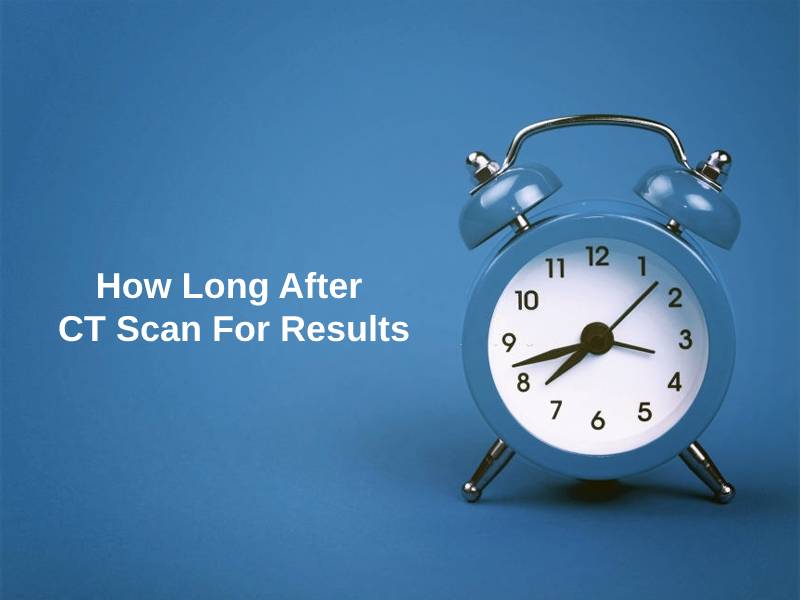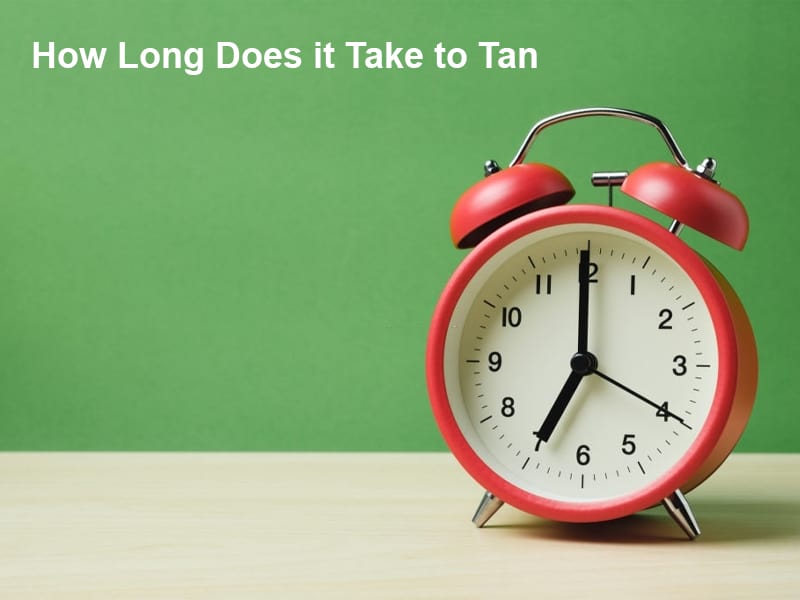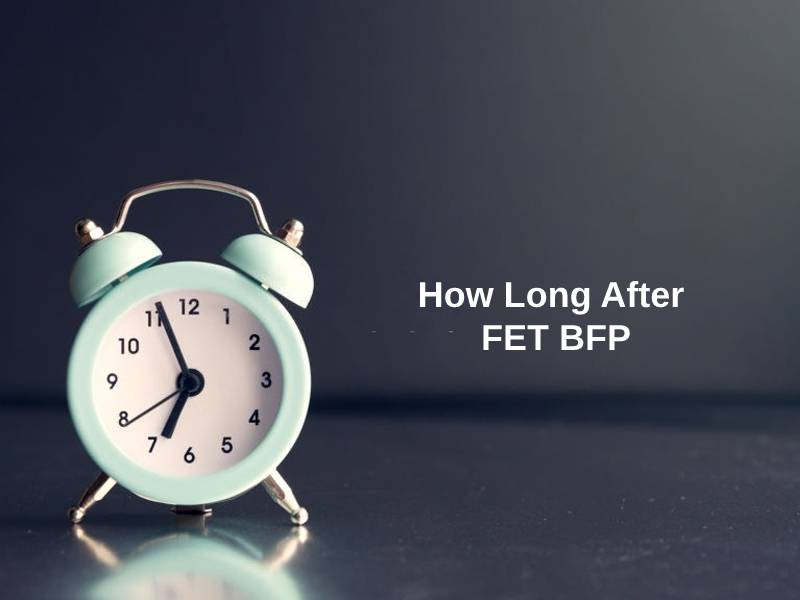Exact Answer: 24 Hours
A ventilation/perfusion (VQ) scan is used for pulmonary embolism. Pulmonary embolism is the situation in which the patient’s pulmonary artery is blocked by some foreign matter or by a blood clot. It is also used to check the functioning of the lungs before lung surgery.
This scan involves two parts, i.e., ventilation and perfusion. The purpose of the ventilation is to check how well is the airflow to the lungs. The purpose of perfusion is to measure the circulation of blood in the lungs. To carry out this scan, patients are exposed to radioactive substances. The patients are injected two times with these radioactive substances, i.e., during ventilation and perfusion.

How Long Are You Radioactive After a VQ Scan?
| Part of Scan | Used Radiopharmaceuticals | Dosage |
| Ventilation | 99Tc: 99Tc-DTPA | 900 to 1,300 MBq |
| Perfusion | 99mTc-MAA | 40 to 150 MBq |
Ventilation/perfusion (V/Q) scan is the scan that exposes its patients to ionizing radiation. Once the scan is done, the patients are held up by the doctors for some time as they might feel dizzy. They are also held up because the doctors want to see whether the patients are having any allergic reactions. This scan can also cause some patient’s IV sites to swell or turn red. After the test is done, the patients are supposed to drink lots of liquid stuff. This is because drinking liquid helps these radioactive particles to leave your body.
Once the patients return to their home, if the IV site experiences any kind of side effects like swelling, pain, or redness, the patients are supposed to contact the doctor immediately. These kinds of effects mean that the patients have developed an infection. Although this scan doesn’t impact the intake of food, the doctor may sometimes suggest the patient the opposite. They also warn the patients not to have any nuclear procedures until the radioactive particles leave their body, i.e., for the next 24 hours and if possible, the next 48 hours.

Thus, all these radiopharmaceuticals which were given take about 24 hours to completely leave the patient’s body. Some of these radioactive particles which they have received during the scan, leave their body through their urine, and the remaining radioactive particles get completely decayed inside their body.
But as every scan has its risks, a VQ scan also involves some risks. Most of the risks of VQ scan are related to the radiation which is received by the patients. These risks are infection, excessive bleeding, or allergic reaction.
Why Are You Radioactive for That Long After a VQ Scan?
VQ scan is about 45-60 minutes long and is divided into two parts, i.e., ventilation and perfusion. In the first part, the doctor tells the patient to lie on the table and gives him a dose of radioactive particles. In this part, the patient is supposed to inhale these particles through a nebulizer, which changes liquid into an aerosol. The patient breathes in these particles for about five minutes. After he has inhaled the radioactive particles, the scanner above the table starts taking photos of the patient’s lungs from different angles.
In the second part of the scan, the doctor now injects another dose of radioactive substances into a vein of the patient’s arm. After its injected, these substances flow through the blood and enters the patient’s lungs. Then the scanner will again take pictures of the patient’s lungs from different angles. The patients are supposed to lie completely still because the pictures may get blurry if you move.

The doctor should be a lot careful while giving the dose of radioactive particles. This is because if the dose given is slightly higher than the amount we are naturally exposed to, then it may cause many side effects like infection, heavy bleeding, or allergic reaction.
Also, the patients must inform the doctors if they’re pregnant or in a breastfeeding period. This is because the normal amount of radiation given to the patients is dangerous for the baby. Thus, the doctor lowers the amount of radiation that the patient receives. If the patient is breastfeeding, then she should pump enough breast milk before the test. This is because the scan will stop breastfeeding for a day. Thus, it’s better not to have a VQ scan if it’s not urgent.
Conclusion
For this scan, the patients don’t have to prepare anything before. The doctors will only ask the patients to have a chest x-ray done before the VQ scan. The amount of radiation given to the patients is strictly decided. Therefore, the radiation exposure can only be equal to that given amount or less than that. But if it’s any higher, it would turn out to be very much dangerous for the patients.
But nowadays VQ scan is not used that commonly for checking pulmonary embolism. These days radiocontrast is more commonly used. But for issues like kidney failure radiocontrast cannot be used, thus, a VQ scan of used. A VQ scan can also be used for severe lung issues. These lung issues include COPD (chronic obstructive pulmonary disease) or pneumonia. VQ scan is also used to check the performance of lungs before and after the lobectomy surgery.





















The detailed description of the VQ scan procedure and the precautions to take post-scan is very enlightening.
I agree, though the risks are quite worrying.
The risks involved are quite alarming, but it’s important to be informed.
This article presents an insightful and comprehensive analysis of the VQ scan procedure and the factors to consider after the scan.
Indeed, the insights into the radioactivity’s impact on the body are quite enlightening.
The details about the radioactive substances and the precautions are crucial for anyone considering a VQ scan.
The article explains the VQ scan process clearly and the necessary precautions to be taken. Very informative.
Indeed, but the radioactivity after effects are quite concerning.
Very informative article! Thank you for explaining the VQ scan process and the risks involved so thoroughly.
I agree, this is really useful information, especially for patients needing a VQ scan.
Informative indeed, though the risks sound quite concerning.
A comprehensive article on the VQ scan, its process, and the precautions necessary post-scan. Very informative.
Indeed, it’s essential for patients to be aware of the risks involved.
This article provides valuable information about the VQ scan process and the risks associated with it.
The explanation of the risks involved in the VQ scan is quite concerning.
The risks involved are definitely something to be cautious about.
The article provides an in-depth explanation of the VQ scan’s process and the precautions patients need to take after.
Yes, it’s essential to understand the risks involved.
Quite informative, but the side effects are quite worrying.
I appreciate the detailed information about the VQ scan and the radioactive substances used. Well-presented article.
Agreed, the detailed explanation of the substances used is very helpful.
This article has presented a clear explanation of the VQ scan procedure, its risks, and the precautions necessary. Very insightful.
Indeed, even though it provides clarity on the procedure, the risks are quite alarming.
The article provides a comprehensive understanding of the VQ scan and the time it takes for radioactive particles to leave the body.
Yes, it’s important to be aware of the time the radioactivity lasts after the scan.